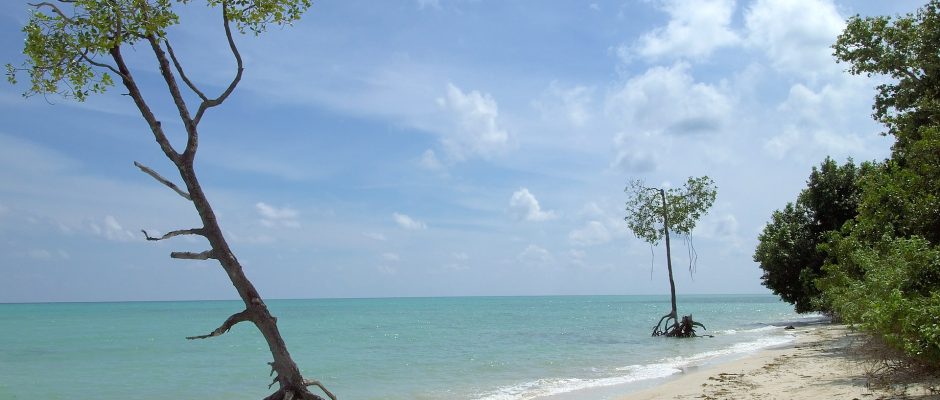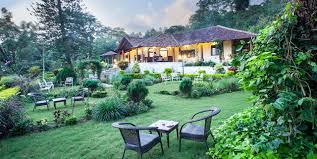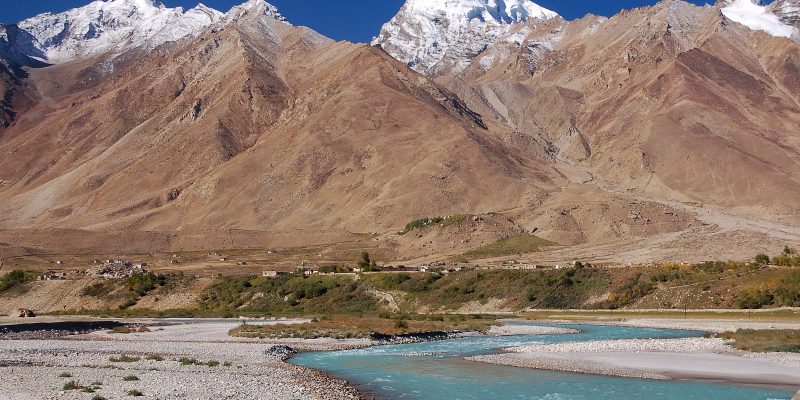Top 10 Must-Visit Shiva Temples in Tamil Nadu
Where stones come alive and stories never die 1. Brihadeeswara Temple, Thanjavur Let’s begin our journey at the impressive Brihadeeswara Temple in Thanjavur. The main tower of this temple stands at an amazing 216 feet tall. To put that in perspective, it’s about as tall as a 20-story building. From the top, you’d be able to see the whole city spread out below you. The temple is full of beautiful carvings and artwork. As you walk around, you’ll see intricate designs on the walls and pillars. Each carving tells a story from Hindu mythology, making the whole temple like a giant picture book of ancient tales. One unique feature of this temple is its shadow. At noon, the temple tower doesn’t cast a shadow on the ground. This clever design shows how skilled the ancient architects were. 2. Meenakshi Amman Temple, Madurai The next stop is Madurai’s Meenakshi Amman Temple. This place is like a crazy, colourful maze that’ll blow your mind. You’ll be shocked to know that this temple has not one, not two, but 14 gateway towers. It’s like they couldn’t decide on just one entrance and went, “Eh, let’s make it a challenge for visitors to find their way in”. There are 33,000 sculptures in this temple. That’s more sculptures than there are people in some small towns. Imagine being the person in charge of dusting all those statues. Talk about a never-ending job. 3. Ekambareswarar Temple, Kanchipuram Alright, next is the magnificent, Ekambareswarar Temple in Kanchipuram. This place has a mango tree that’s older than your great-great-great-grandparents. Legend has it that this 3,500-year-old mango tree has four branches, each giving a different flavour of mango. These trees are considered sacred and holy, and many beliefs are attached to these enormous and luscious mango trees. Not only that, but this temple also has a lingam made of sand and water. It’s said that Parvati, Shiva’s wife, made this lingam herself. 4. Ramanathaswamy Temple, Rameswaram Next up is the Ramanathaswamy Temple in Rameswaram. This place is like the ultimate spiritual water park. You know how some people collect stamps or coins? Well, this temple collects pillars. It has the longest corridor of any Hindu temple, with a whopping 1,212 pillars. That’s a lot of hide-and-seek spots. But here’s the most fascinating thing that makes this temple one of a kind. This temple has 22 wells inside it. And get this, each well tastes different from the others. It’s like a cosmic taste test. 5. Nataraja Temple, Chidambaram Moving on to the Nataraja Temple in Chidambaram. This place is all about the dance, and it evokes a sense of spirituality with the help of dance. This temple is dedicated to Shiva in his dancing form, Nataraja. But did you know that the priests here are not just priests? They perform some pretty cool dance moves as part of the rituals. And here’s a mind-bender for you. There’s a secret chamber in this temple called the Chidambara Rahasyam. It’s supposed to represent space, one of the five elements, but it’s empty. Yep, you read that right. It’s a whole lot of nothing, and that’s exactly the point. The emptiness reiterates the mysteries and the inevitable power of Lord Shiva. 6. Kapaleeshwarar Temple, Chennai Time to hit the big city with the Kapaleeshwarar Temple in Chennai. This place is like a history book come to life. You’ll be amazed to know that this temple was originally by the seashore. But then, poof. It vanished. But don’t worry, the temple you see today is a perfect replica of the original. It’s like the temple equivalent of a really good cover song, the same awesome vibe, just in a different place. 7. Jambukeswarar Temple, Thiruvanaikaval Next on our list is the Jambukeswarar Temple in Thiruvanaikaval. This place is all about the elements. There’s a lingam here that’s always wet. No, it’s not leaking; it’s supposed to be that way. It represents the water element. And if you thought that was cool, wait till you hear this: there’s a legend that says there’s an underground water spring beneath the sanctum. It’s like the temple has its own secret swimming pool. 8. Arunachaleswarar Temple, Thiruvannamalai Moving on to the Arunachaleswarar Temple in Thiruvannamalai. This place is lit – literally. Every year during the Karthigai Deepam festival, they light a giant lamp on top of the Annamalai hill. It’s so big, you can see it from miles away. It’s like a cosmic nightlight for the whole town. But here’s the real kicker, the temple tank here is shaped like the Om symbol when viewed from above. It’s like ancient architects were into aerial art before drones were even a thing. 9. Brihadeeswarar Temple, Gangaikonda Cholapuram Don’t let the tongue-twister name scare you off from the Brihadeeswarar Temple in Gangaikonda Cholapuram. This place will leave you awe-struck. You’ll be shocked to know that the shadow of the tower never falls on the ground at noon. It’s like the sun decided to play favorites with this temple. Talk about a real-life invisibility cloak. There’s a cannon in the temple complex that was used to announce the time. It’s like the world’s loudest alarm clock. Imagine waking up to that every morning. 10. Nellaiappar Temple, Tirunelveli Last but not least, we’ve got the Nellaiappar Temple in Tirunelveli. This place is like a 2-for-1 special. Did you know this temple actually has two main shrines? One for Shiva and one for his wife, Parvati. And here’s a fun fact: the musical pillars in this temple can produce different musical notes when tapped. It’s like the temple doubles as a giant xylophone. Just remember, it’s look-but-don’t-touch, unless you want to risk becoming the temple’s accidental musician. So there you have it. Ten amazing Shiva temples that’ll rock your world. Remember, these aren’t just old buildings; they’re time machines, art galleries, and miracle centers all rolled into one. It carries and holds the mysteries of the past and the divine









